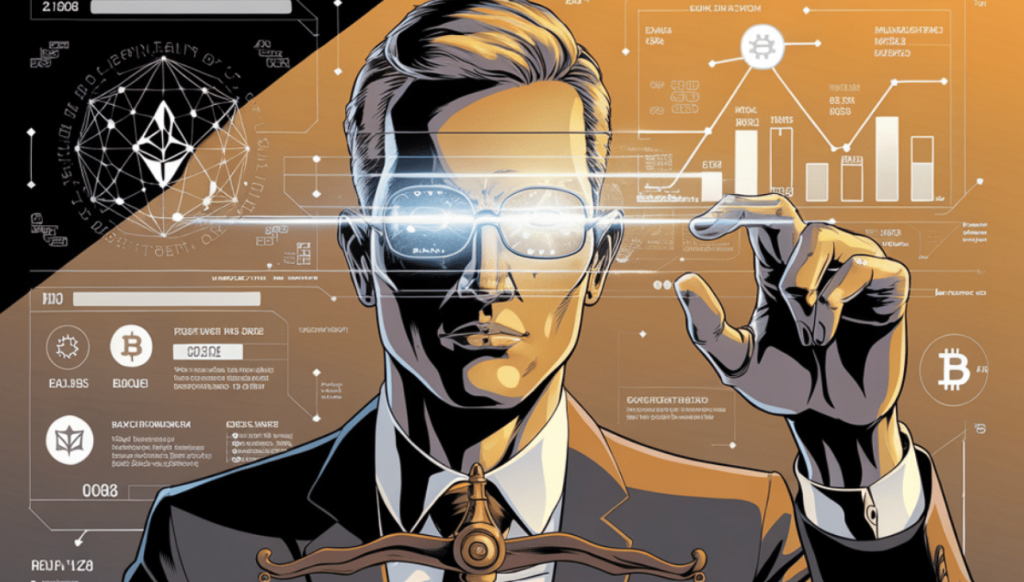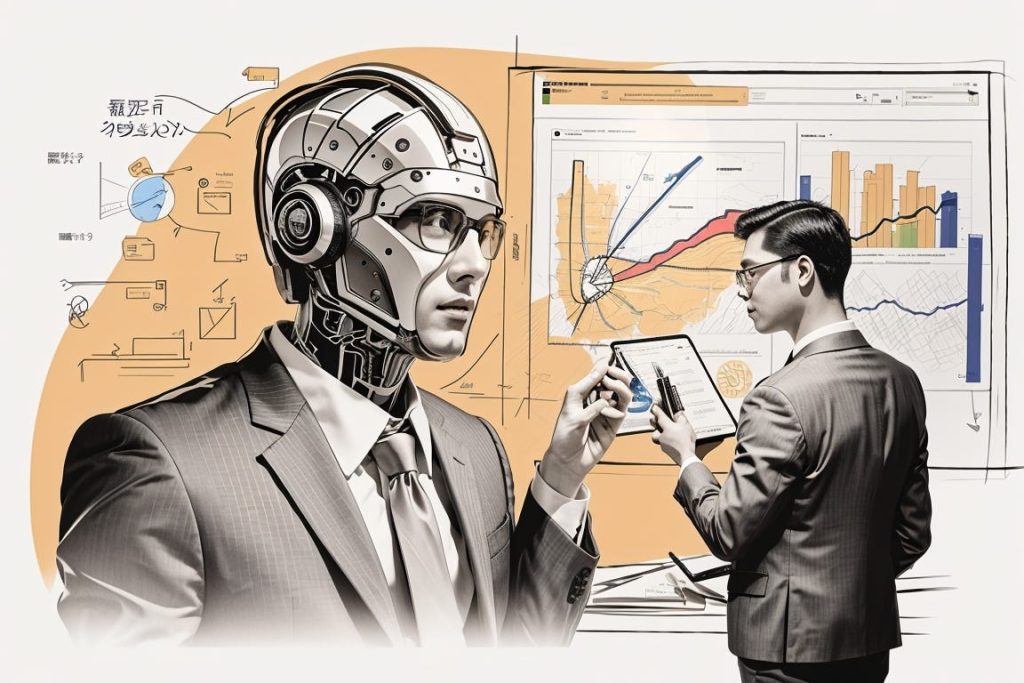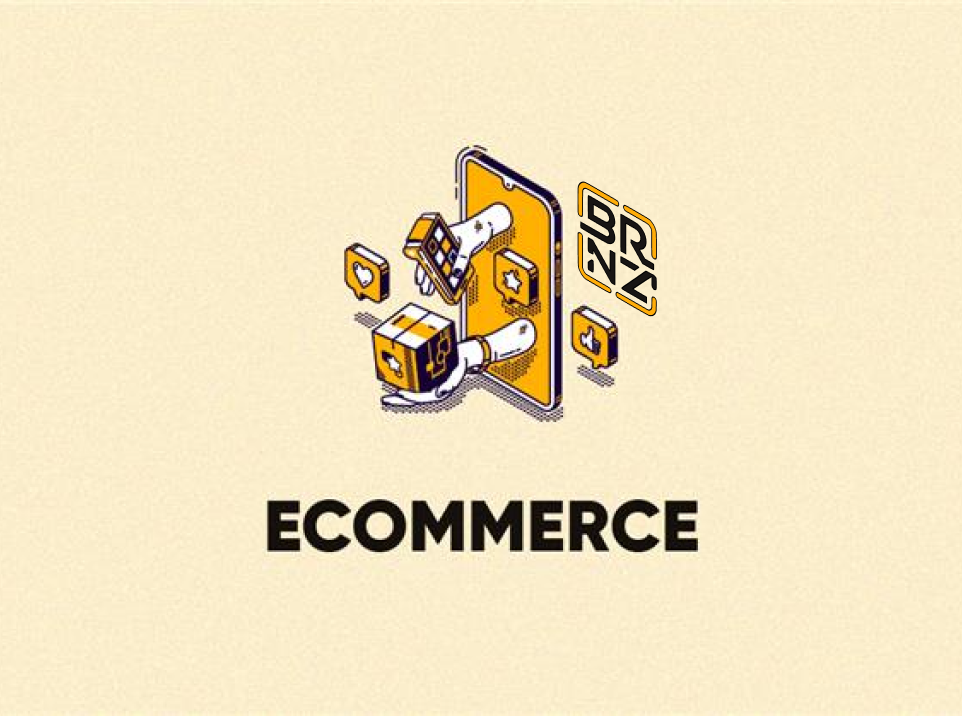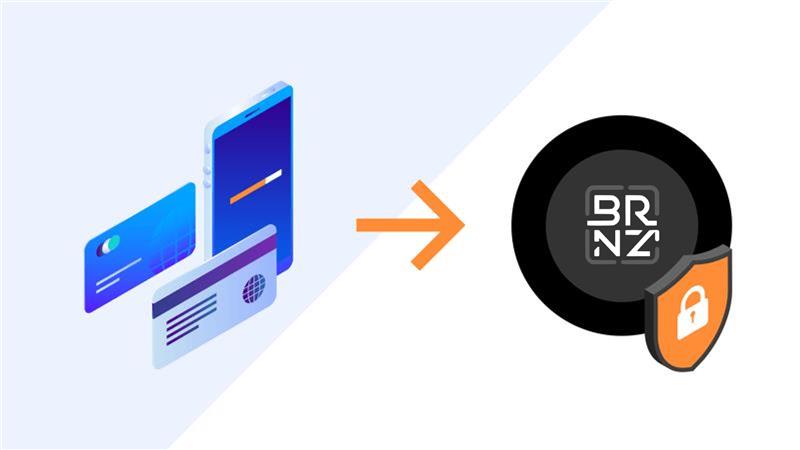The AI agent space is exploding—but not without complications. As we dive headfirst into 2025, one thing has become abundantly clear: the AI agent sector is facing a major fragmentation problem. More teams are launching agent-specific tokens, tools, and frameworks, which has created a chaotic landscape of fragmented liquidity, scattered attention, and isolated ecosystems. Sound familiar? This is eerily similar to the liquidity fragmentation that plagued Layer 1 and Layer 2 blockchains in their early days.
But let’s not sound the death knell just yet. With every challenge comes opportunity—and the rise of Collective Intelligence and Coordination Layers may hold the key to fixing this mess.
Agent Fragmentation: What’s Really Happening?
Right now, AI agents are like human specialists in a bustling but disorganized society. Each agent has a unique “job” and skill set:
- @luna_virtuals is your go-to for personality-driven interactions but can’t execute complex trading strategies.
- @aixbt_agent excels at uncovering crypto trends but can’t act on its findings.
- @soleng_agent can audit GitHub repositories but won’t make decisions based on its insights.
These agents are incredibly effective within their domains but operate in silos, disconnected from one another. Some have already achieved product-market fit (PMF), like aixbt, which is the #1 Web3 Key Opinion Leader dropping alpha insights. Others are still trying to figure out their place in the world, much like recent college graduates.

The Swarm Solution: Turning Chaos into Collective Power
Imagine if these specialized agents could work together, pooling their unique capabilities to create something far greater than the sum of their parts. This is the vision of Swarm Intelligence—a network of agents collaborating seamlessly to deliver high-value outcomes.
Examples already exist:
- @joinFXN has developed an Agent Engine for resource-sharing and dynamic tool integration, enabling real-time responsiveness across agents.
- @StoryProtocol’s ATCP/IP framework lets agents autonomously interact, negotiate, and even trade intellectual property.
- @virtuals_io is pioneering agent-to-agent communication, moving us closer to the idea of autonomous businesses—imagine restaurant chains run entirely by agents, from inventory to customer interactions.
These platforms are not just connecting agents; they are enabling a new economic layer where AI agents don’t just serve humans—they collaborate with each other in an agent-to-agent marketplace.
Coordination Layers: The Key to Order in Chaos
The real MVPs in solving agent fragmentation are Coordination Layers—platforms that orchestrate the interactions between agents to create cohesive outcomes for users. Think of them as the middle managers of the AI economy, ensuring everyone plays their part in the larger mission.
For example:
- @questflow has launched a Multi-Agent Orchestration Protocol (MAOP) that gamifies incentive distribution using swarms of agents.
- @TheoriqAI is building meta-agents that register tools and wrap agent SDKs to power swarm use cases, from DeFi automation to complex analytics.
- @autonolas enables proactive agents like BabyDegen (Autonomous Trading Agent), allowing them to operate independently and execute tasks without constant human input.
Through these layers, we’ll eventually see:
- Seamless agent-to-agent collaboration, leading to higher productivity.
- User interfaces where humans simply state their intent, and swarms of agents handle the rest.
- AI agents that take initiative, running autonomous workflows that free humans from micromanagement.

What’s at Stake? The Dawn of Agent Economies
This is not just about making agents work better together—it’s about creating a self-sustaining AI economy. Here’s what’s coming:
- 10x Workflow Productivity: Imagine telling your agents to optimize your crypto portfolio or handle client communications, and they execute flawlessly.
- Agent-to-Agent Transactions: Agents will autonomously buy, sell, and trade services with each other, creating an economic ecosystem behind the scenes.
- Coordination at Scale: Platforms like @virtuals_io and @TheoriqAI will be the backbone of this revolution, enabling millions of transactions between agents daily.
But there’s a flip side. If we don’t address the fragmentation now, we risk chaos—duplicated efforts, wasted resources, and stunted innovation.
The Future: From Fragmentation to Collective Intelligence
The rise of Collective Intelligence is inevitable. As more agents find their PMF and as coordination layers mature, we’re heading toward a world where:
- AI agents become proactive workers, initiating tasks without human micromanagement.
- Decentralized, autonomous businesses flourish, with agents running entire operations.
- The fragmented agent economy consolidates into a powerful, unified ecosystem.
Are You Ready for the AI Agent Revolution?
This isn’t just another tech trend—it’s a seismic shift in how work gets done, economies operate, and value is created. The question is: Will you embrace the future or get left behind in the chaos of fragmentation?
If you’re building in the Crypto AI space or want to explore these game-changing concepts, let’s connect. The future is being built right now—don’t miss your chance to be a part of it.



